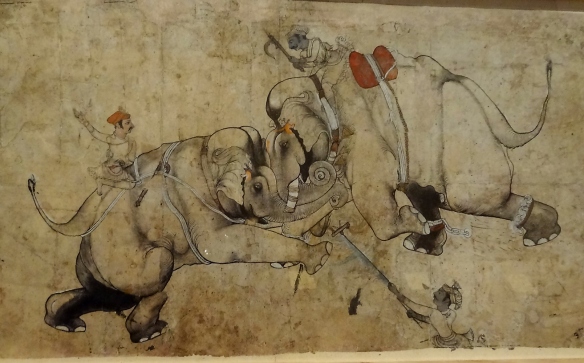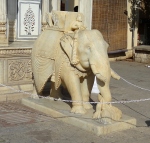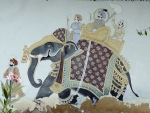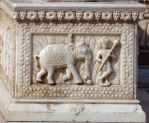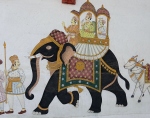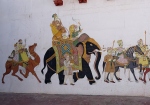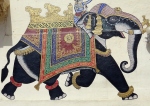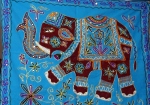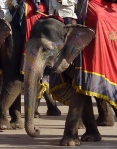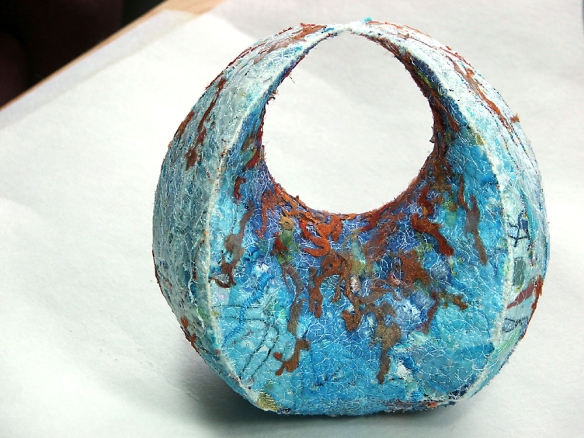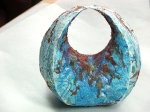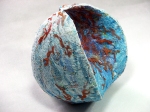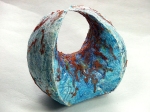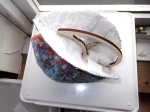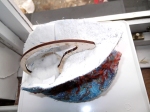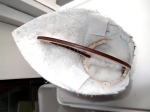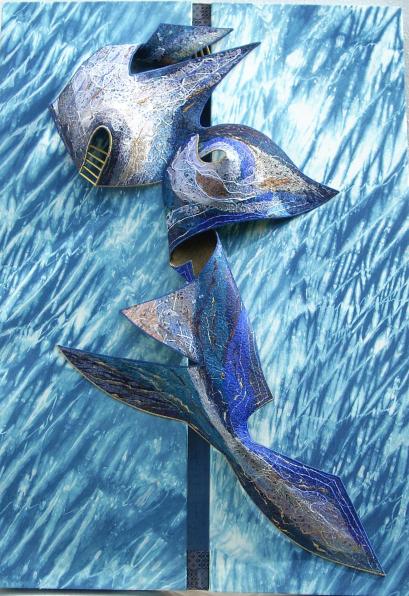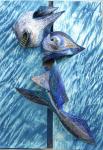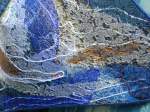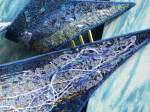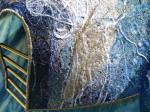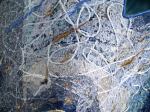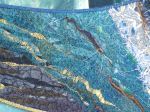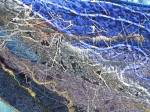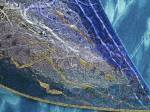In my last post, I gave a sneak preview of a piece I made for an exhibition at the Bristol Guild Gallery. The exhibition was put together by the South West Textile Group, and was entitled, ‘Suspension.’
I was interested in the challenge of creating a three dimensional form, and the end result was ‘Empress Dowager’ – a 3D hanging textile sculpture. I used many of my original textile techniques to create it, but had the added challenge of making sure that the sculpture was interesting from every angle.
The design was originally inspired by Buddhist parasols and by the ceremonial parasols that I saw in The Forbidden City, Beijing, many of which were embroidered with colourful, racing dragons. The parasols are traditionally a symbol of luck, royalty and protection, whilst dragons symbolise royalty and Imperial power.
Although the Bristol exhibition is now closed, the South West Textile Group will be showing the ‘Suspension’ exhibition at The Town Mill Gallery, in Lyme Regis, from the 3rd – 30th October 2013.
You can find more of my large-scale textile work here:
Textile Sculpture: 4D Sphere
Textile Relief: Dragon























































